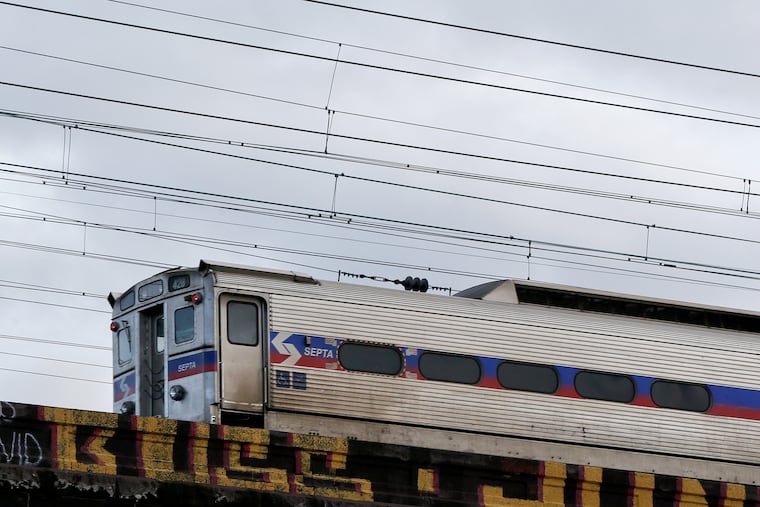SEPTA must be able to do more than merely survive the pandemic | Editorial
SEPTA is key to the region's recovery from the pandemic's immediate, and long-term, economic impact. But it must have the resources to be safe, reliable, and able to adapt to evolving transit needs.

Despite a devastating plunge in ridership costing $1 million in lost revenue daily, SEPTA expects to keep rolling through the end of 2021 and beyond, due in large part to emergency pandemic relief assistance it already has received from the federal government. But even a President Joe Biden — famously reliant on Amtrak for his Wilmington-to-Washington commutes — and a new Congress won’t guarantee the sustainability of essential regional mass transit systems. Leaders in Harrisburg, Philadelphia, and the collar counties will need to step up as well. And so will SEPTA.
The transit agency has lost nine workers to COVID-19 and has done an admirable job of continuing to provide service during the pandemic. As the number of vaccinations reaches a critical mass and the pandemic comes under control, perhaps as soon as this summer, the city and the region will need a reliable and safe transit system even if traditional commuting patterns remain disrupted. SEPTA, described in a pre-pandemic analysis by Econsult Solutions as crucial to the regional economy, can only help enable commercial, cultural, and social life to fully recover if it has the resources, and the flexibility, to respond to changing needs.
Riders won’t return unless the authority can convince them they’re not risking their health by riding the bus, trolley, subway, and regional rail trains. SEPTA has stepped up cleaning and disinfecting vehicles and stations, had improved ventilation within its vehicles, and is partnered with Drexel University to determine best practices for continuing and bolstering health and safety improvements.
» READ MORE: A year without a commute for many in the Philadelphia region
These steps are welcome. But SEPTA also must consider adjusting and, if necessary, temporarily curtailing some services — as well as increasing the frequency and connectivity of others — so the system can adapt to what are likely to be new demands and commuting patterns. Wisely, the authority is proceeding with its much-needed redesign of the bus network, which is the heart of its system and the service on which essential workers are most dependent.
To more quickly bolster bus service, SEPTA, the city, and the Philadelphia Parking Authority should transform Chestnut Street into a crosstown busway by limiting vehicular traffic to buses and delivery vehicles between, say, 23rd and 5th streets. Creating an eastbound busway through Center City could substantially boost ridership. Adding express service on the Market-Frankford and Broad Street lines could also boost ridership, and like a Chestnut Street busway, offer a relatively inexpensive opportunity for SEPTA to leverage existing assets to maximize revenue.
It’s also time for SEPTA to re-imagine the Regional Rail system, a primarily suburb-to-downtown, rush hour service on which ridership has fallen 85 percent. A competitive fare structure, more frequent service, and the existing, currently underutilized network of neighborhood stations throughout Philadelphia could enable Regional Rail to better serve city residents while continuing to offer a reliable option for suburban commuters.
» HELP US REPORT: Are you a health care worker, medical provider, government worker, patient, frontline worker or other expert? We want to hear from you.
The prospect of additional assistance from Washington now looks brighter. But in Harrisburg, the picture is less encouraging. About $178 million of SEPTA’s budget comes from revenues from the Pennsylvania Turnpike; those revenues have plummeted since the pandemic, squeezing SEPTA even further. Legislators must ensure that mass transit keeps rolling long past the pandemic.